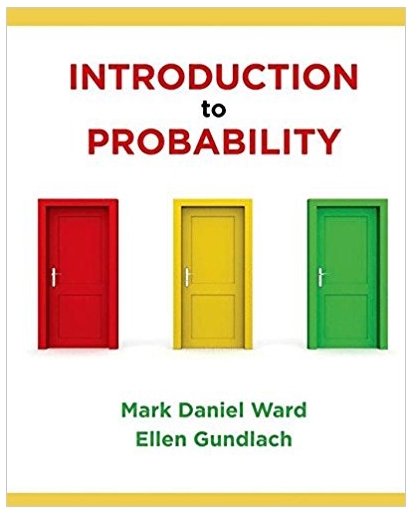Question
Question 1 The function f(t) = 33 sin ((pi/2)t) 20 models the temperature of a periodic chemical reaction where t represents time in hours. What
Question 1
The function f(t) = 33 sin ((pi/2)t) 20 models the temperature of a periodic chemical reaction where t represents time in hours. What are the maximum and minimum temperatures of the reaction, and how long does the entire cycle take?
A.Maximum: 53; minimum: 13; period: 4 hours
B.Maximum: 33; minimum: 20; period:hours
C.Maximum: 13; minimum: 53; period: 4 hours
D.Maximum: 35; minimum: 35; period: 8 hours
Question 2
What is the arc length when =(2pi)/3and the radius is 8 cm?
A. (26pi)/3cm
B. (10pi)/3cm
C. (16pi)/3cm
D. pi/3cm
Question 3
Colby is testing the effectiveness of a new allergy medication. There are 100 people with allergies in the study. Sixty-two patients received the allergy medication, and 38 other patients did not receive treatment. Fifty of the patients who received the medication reported no allergies at the end of the study. Twenty of the patients who did not receive medication reported no allergies at the end of the study. What is the probability that a patient chosen at random from this study took the medication, given that they reported no allergies?
A.65%
B.63%
C.78%
D.71%
Question 4
A company offered one half of its employees a bonus if the production of light bulbs increased by 20%. The other half of the employees was not offered a bonus. As the end of the month, production in the group that did not get the bonus offer increased by a mean of 15 and production in the bonus group increased by a mean of 10.
What is the correct order of steps to determine if the results are significant?
- Randomly separate the employees' individual results into two groups.
- Calculate the mean of each group.
- Calculate the difference of the means.
- Run the experiment many times.
- Calculate the probability of a difference of 5.
A. A, B, C, D, E
B. D, E, A, B, C
C. C, E, A, B, D
D. A, B, D, C, E
Question 5
Sally is playing a board game and rolls two number cubes. Let A = {the sum of the number cubes is odd} and let B = {the sum of the number cubes is divisible by 2}. List the outcomes in A B.
A.{2,4,6,8,10,12}
B.{0,2}
C.{ }
D.{0,2,4,6,8,10,12}
Step by Step Solution
There are 3 Steps involved in it
Step: 1

Get Instant Access to Expert-Tailored Solutions
See step-by-step solutions with expert insights and AI powered tools for academic success
Step: 2

Step: 3

Ace Your Homework with AI
Get the answers you need in no time with our AI-driven, step-by-step assistance
Get Started


